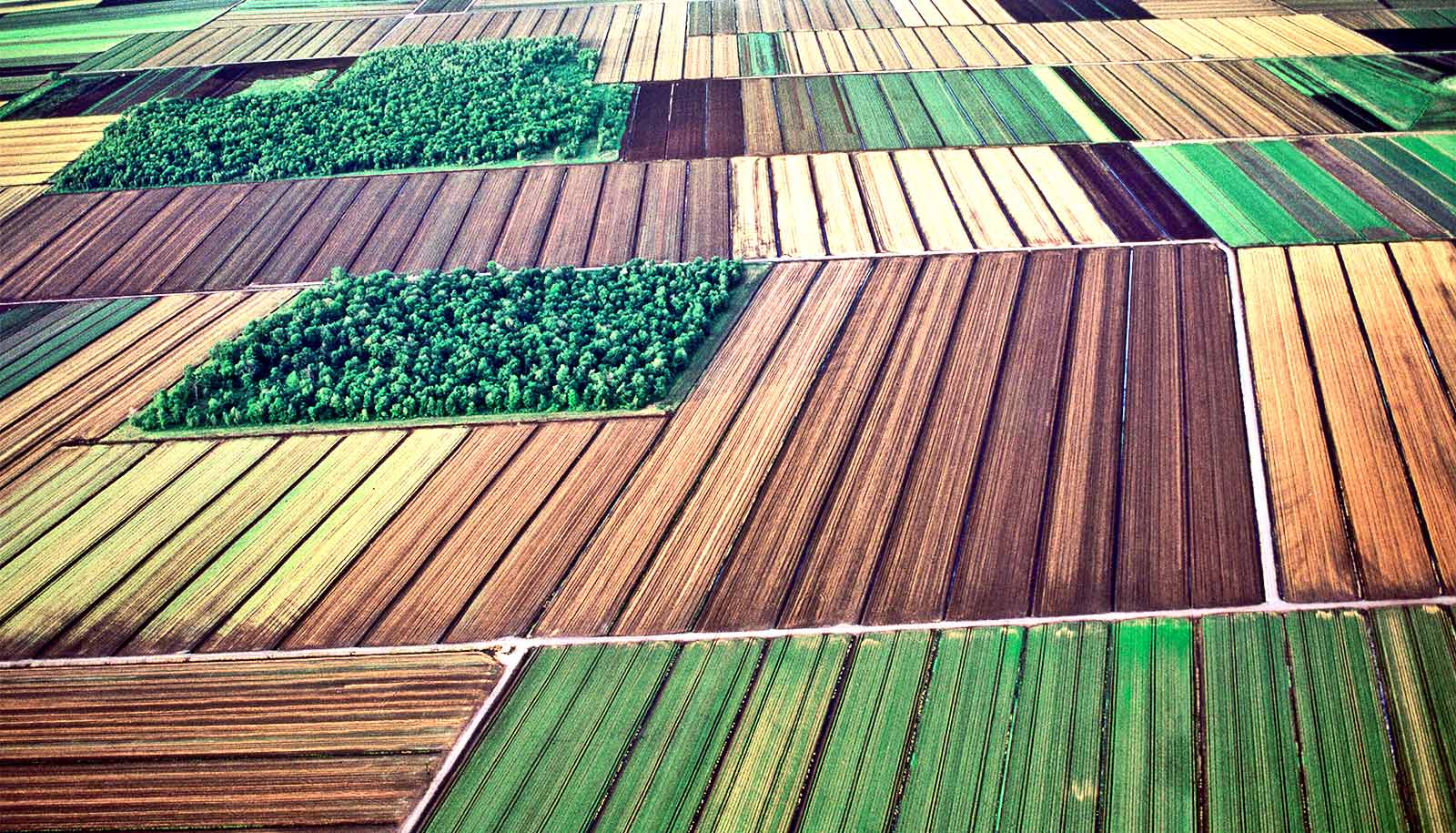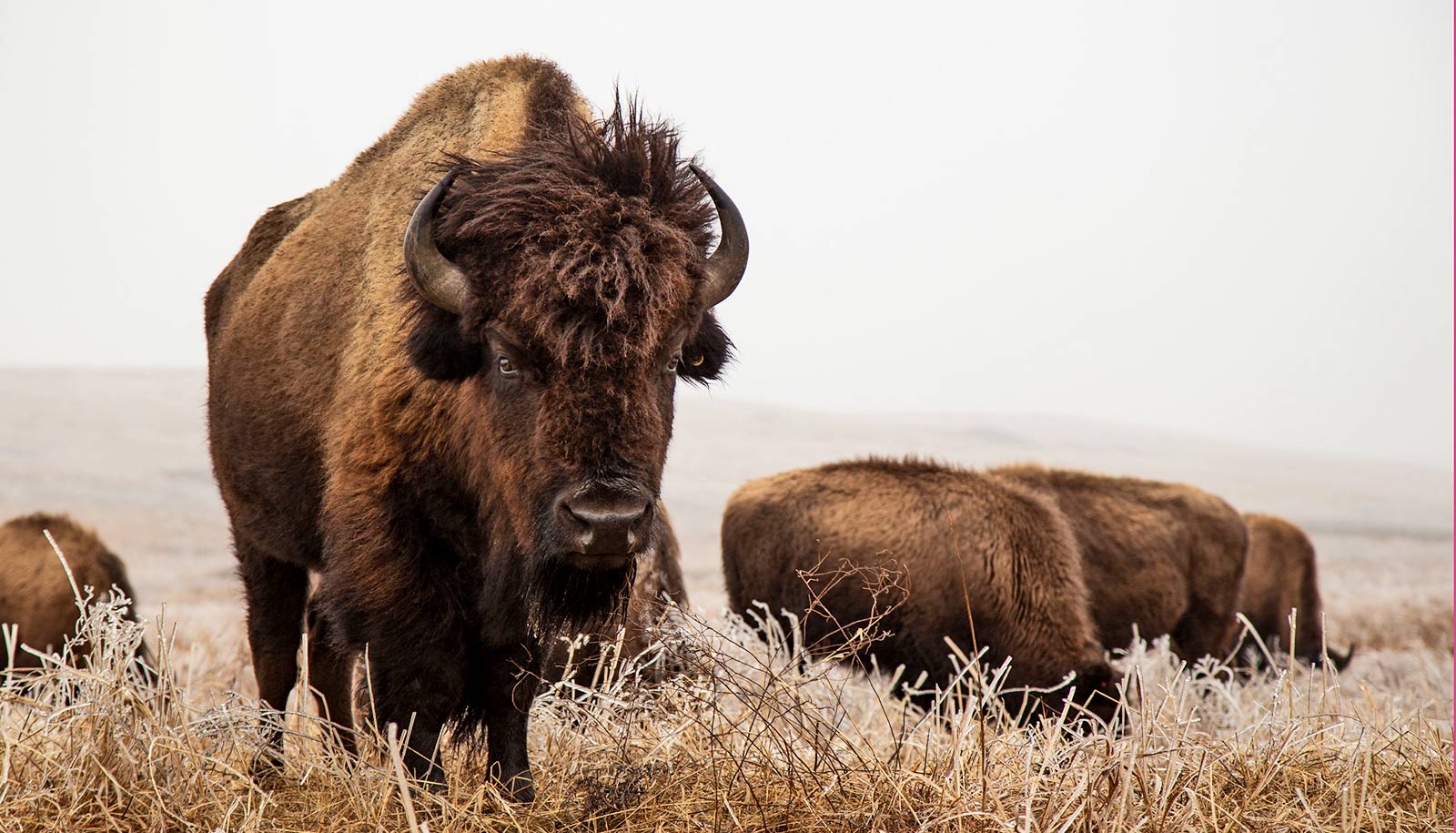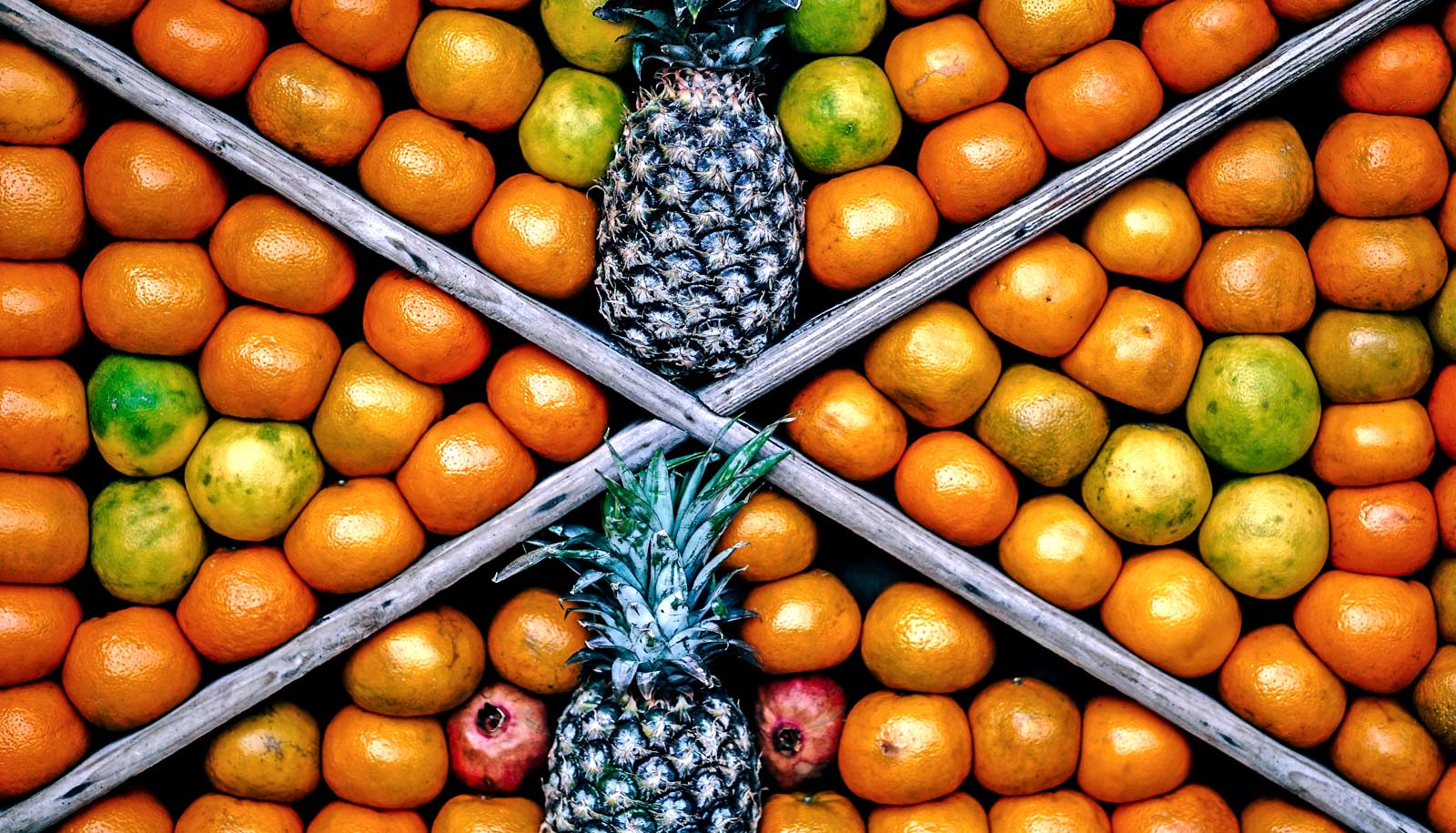Diverse landcover can boost yields for major US crops like corn and wheat, a new study shows.
The findings run counter to previous assumptions that suggest monoculture—or specializing in a single crop, covering larger fields, that can be harvested with bigger machines on a simplified landscape—boosts a farm’s production capacity.
“We found that in more diverse systems, corn and wheat yields can be up to 10% higher,” says coauthor Emily Burchfield, assistant professor in Emory University’s environmental sciences department. “And if you combine high diversity of landcover with more complex landscape configurations, corn and wheat yields increase by more than 20%.”
For her research, Burchfield combined spatial-temporal, social, and environmental data to understand the future of food and water security in the United States and the consequences of a changing climate. The research has major implications for helping farmers adapt to climate change.
“Farming is already one of the toughest jobs on the planet,” Burchfield says. “And many people’s lives depend on a cropping system that likely won’t be sustainable 30 years from now. Landscape diversification appears to be an important piece for boosting our resilience to climate change, both as a country and at the farm scale, in terms of extreme weather events.”
Agriculture has radically transformed Earth’s landscape, the authors note. Globally, agriculture encompasses a third of all ice-free land. In the United States, agriculture covers more than half of the land area, more than two-thirds of which is cultivated with the commodity crops of corn, wheat, or soy.
It’s well-established that diverse landscapes are associated with healthier ecosystems, benefiting pollination, water retention, and soil quality—environmental factors that are also important to agriculture. Small, field-scale trials have suggested that adding diversity and complexity to landscapes, such as hedgerows or a strip of natural habitat within a field, may also benefit crop yields.
For the current paper, the researchers examined how such diversity and complexity affects crop yields from a large-scale, national perspective. They drew from publicly accessible data, including the US Department of Agriculture’s CropScape Data Layer, daily weather data from the PRISM Climate Group, and soil and landscape properties from the Natural Commodity Crop Productive Index. They integrated the data into an analytical computer model of crops and crop yields for 3,100 US counties, covering the entire contiguous United States, for the period 2008 to 2018.
They then used this model to test the impacts of diversity and complexity of landscapes on the yields of the major US food crops of corn, wheat, and soy. The researchers controlled for factors such as weather, soil quality, water access, and market fluctuations.
The results showed that increased landcover diversity is associated with increases for corn and wheat of more than 10%—an effect similar to the impact of seasonal rainfall and soil suitability. And landscape configurations that are both moderately complex and also highly diverse are associated with yield increases of more than 20% for corn and wheat.
The researchers are now digging into the best way to apply landscape diversity and complexity at a regional scale.
“The United States is huge and there can be no one-size fits all strategy,” Burchfield says. “We plan to zoom into different regions and look at the barriers and bridges to diversification for each region. We hope that our work can provide data-driven evidence to help farmers diversify their landscapes in intentional ways to boost their livelihoods and their resilience to climate change, while also supporting the resilience of ecosystems.”
Katherine Nelson from Kansas State University is a coauthor of the study. The US Department of Agriculture National Institute of Food and Agriculture funded the work.
Source: Emory University



